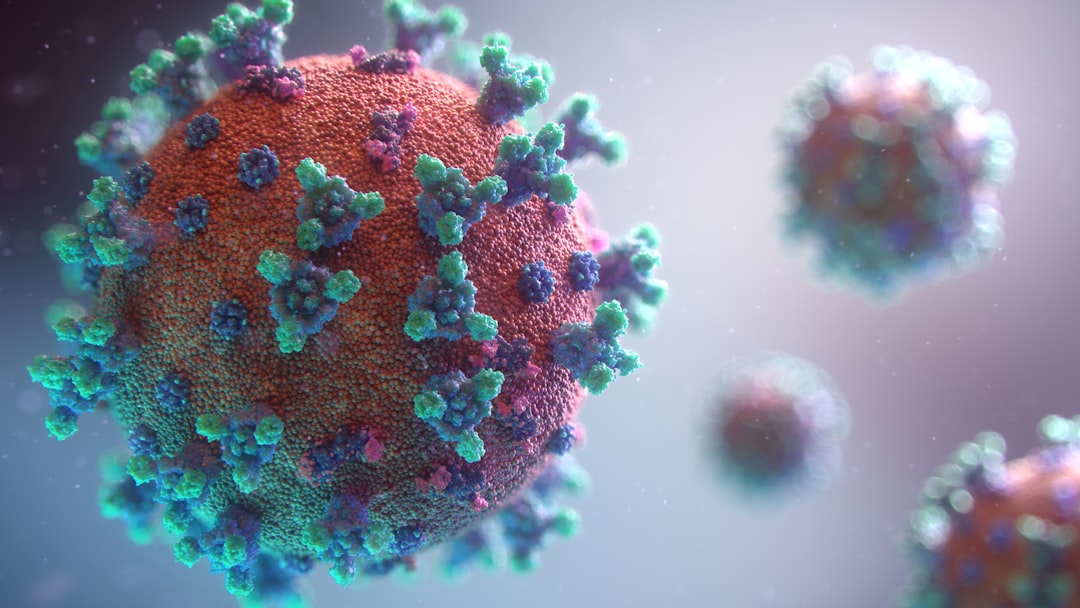What is it about?
The idea of modifying highly functionalized polycarboxylic acids (PCAs) (biomolecules) into biorenewable energy-rich molecules has been explored, by restoring the carbon–hydrogen (C–H) bonds that were lost in their creation. This would need these biomolecules to undergo reactions called “dehydration” and “reduction,” that is, the reversal of the Krebs cycle—a complicated process. The challenge was aiming to find an artificial “catalyst,” a molecule that could facilitate this modification. Single-active-metal catalyst such as the (PNNP)Ir catalyst can facilitate the selective hydrogenation and dehydration of highly functionalized (highly oxidized and oxygenated) biomass feedstock like Krebs cycle metabolites.
Featured Image

Photo by Markus Spiske on Unsplash
Why is it important?
Wasteful carbon feedstocks like sawdust and rotten food contain a vault of different (poly)carboxylic acids and their potential derivatives. The molecular (PNNP)Ir catalyst can be used to make zero-emission materials from these carboxylic acids as Krebs cycle-relevant metabolites.
Perspectives
Krebs cycle-relevant metabolites including succinct acid could be produced on a large scale in a reasonable price by more improving and updating biotechnology. Many commodity plastics and polymer materials could be produced from biomass-based wasteful feedstock using the diols and triols obtained from the hydrogenation process
Professor Susumu SAITO
Nagoya Univ
Read the Original
This page is a summary of: Reaction of H2 with mitochondria-relevant metabolites using a multifunctional molecular catalyst, Science Advances, October 2020, American Association for the Advancement of Science,
DOI: 10.1126/sciadv.abc0274.
You can read the full text:
Contributors
The following have contributed to this page










